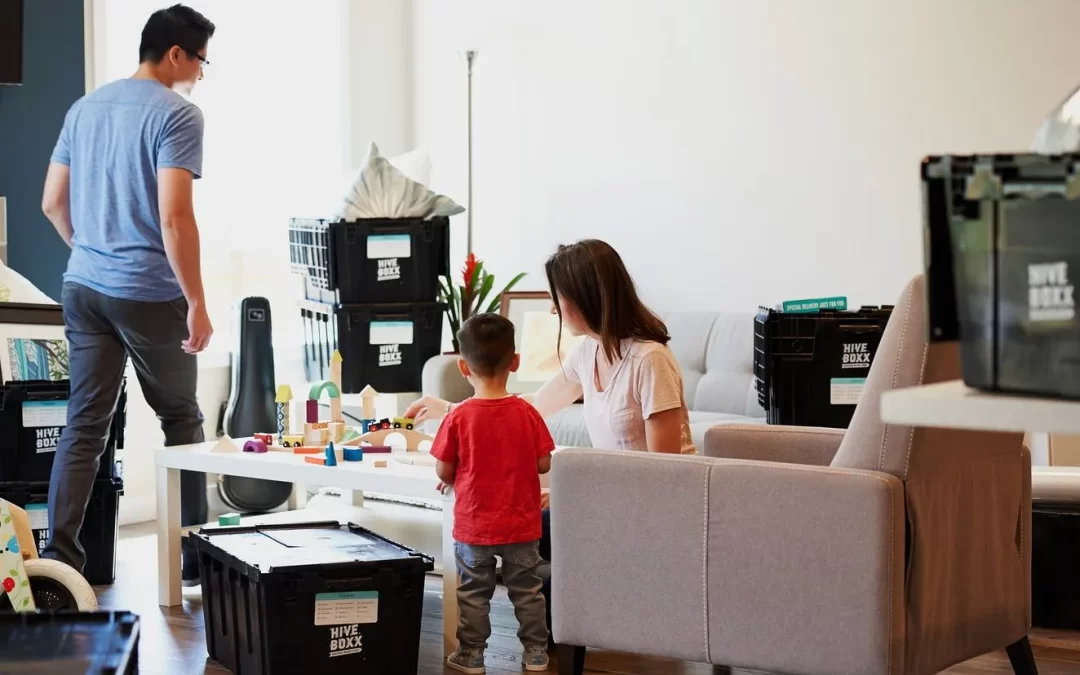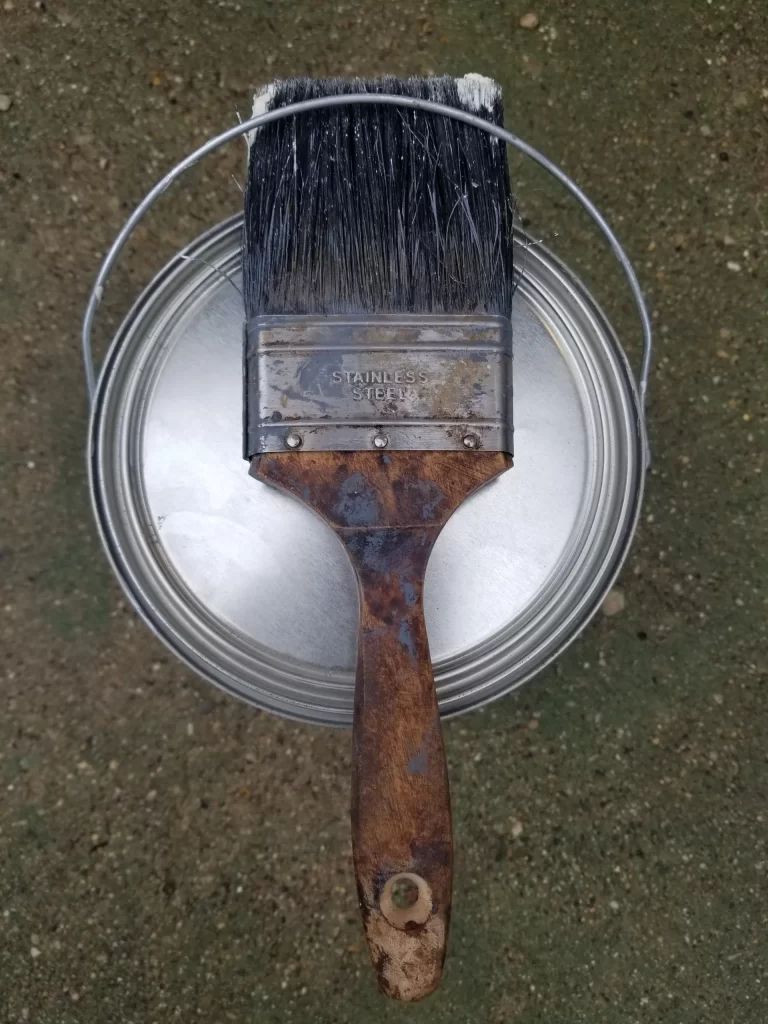For many people, owning their own home is an indication of true financial security and independence. However, your bank account will not get any rest even after the sale has gone through. When you own your own home, it means that any home maintenance and repairs that need to be made will be coming out of your pocket. When you first purchase your home, you are most likely aware of some things that need to be repaired, since you most likely had a home inspection. However, once you have been in your home for a bit of time, you will notice more and more home maintenance issues that arise that need your attention.
The amount of maintenance that your home will need is dependent on a few different factors. You need to consider how old the home is, since older homes do tend to need more updates and repairs. You also need to take into consideration how well the home has been maintained over the years. If the previous homeowners were diligent and stayed on top of repairs, you may not be hit too hard. If the home is in an area where the weather can be extreme, with freezing temperatures, ice storms, high winds or heavy rain, this can also have an impact on how much exterior home maintenance your home will require.
Often when you are buying a home, the seller will advertise what updates they have made and will often state the year in which the updates were made. This is very valuable information for the buyer, since they know what big ticket items they will not need to worry about for some time. If this information is not provided, you can ask your realtor and see if they can get that information for you.
The general rule for anticipating costs for how much you will spend on home maintenance per year is called the 1% rule. This rule states that you should expect to pay 1% of the purchase price of your home, per year, in maintenance costs. Now of course there are exceptions to this rule, but this is a good general guideline that you should consider and factor into your budgeting for the year. There may be some years in which you spend less than this, and there may also be years in which you spend more.
When you are buying a home, it is also good if you are able to find out what year all of the major appliances were installed, since there is a chance that some of them came with a warranty and repairs might still be covered. It also will give you a better idea of when you can expect to have to replace those items. There can be warranties for a variety of things in your house, including kitchen appliances, washing machine/dryers, ceiling and exhaust fans, plumbing, heating and electrical system components, water heaters and garbage disposals. If the previous homeowner saved any of the original user manuals, this will also be a very helpful tool for you.
When you are able to budget for and anticipate home repairs, it will make it a lot less painful when those home repairs need to be done.


